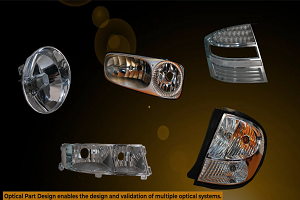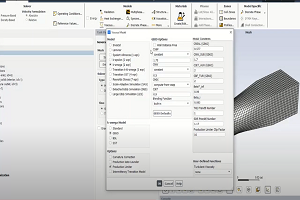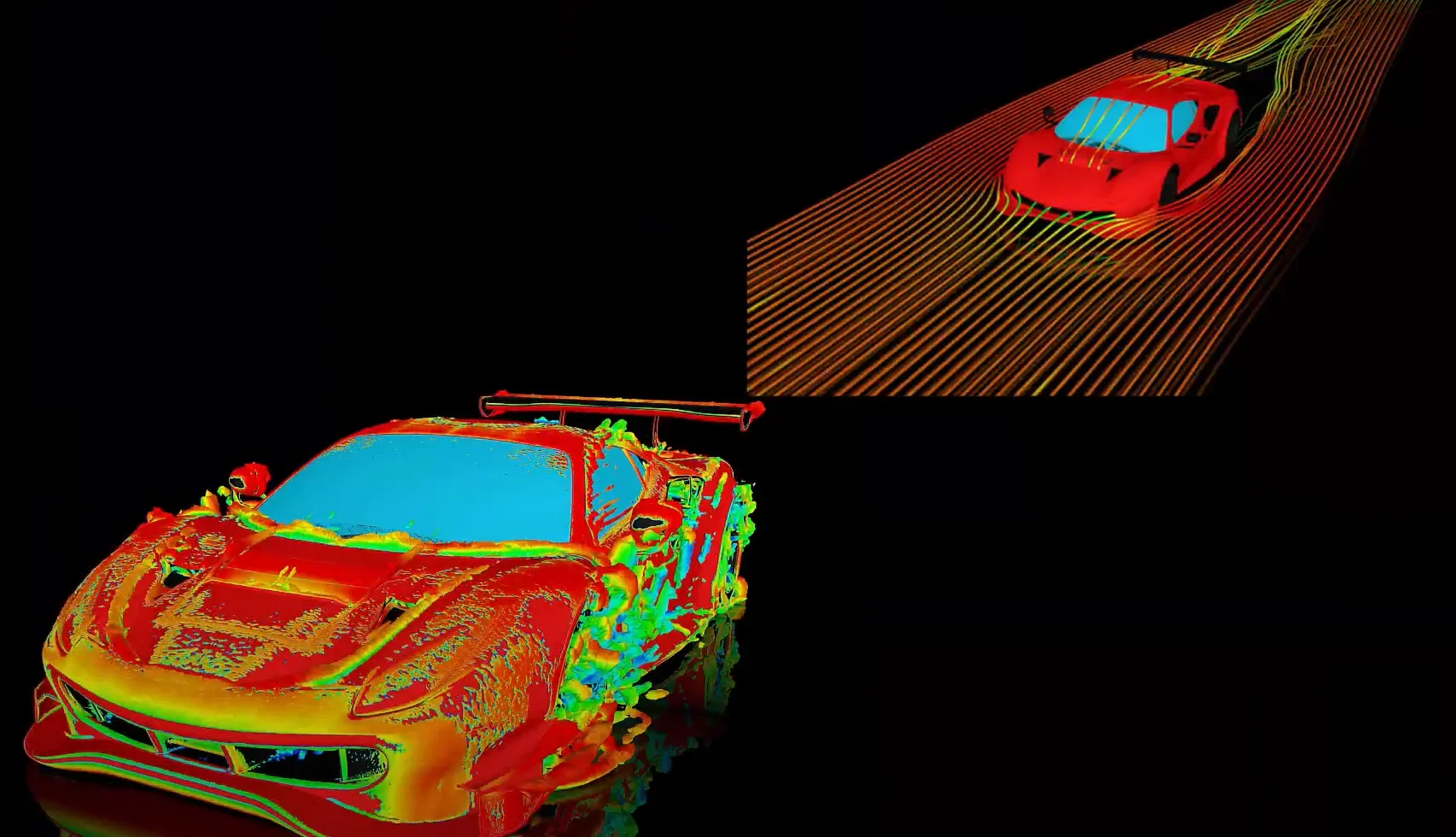Tagged: 17.2, Ansys nCode DesignLife, DesignLife, fatigue, General, structural-mechanics
-
-
April 5, 2023 at 2:32 pm
 FAQParticipant
FAQParticipantSuperGlyphs enable a collection of two or more glyphs connected in a process flow to be reduced to a single glyph. It is effectively like taking a portion of the process and turning it into a subroutine. Features of SuperGlyphs include: · Their internal components can be hidden from the end user (a “black box” approach). · Editable properties can be restricted to only that necessary for the Super- Glyph’s purpose. · Highly complex flows can be saved as a simple SuperGlyph. · Saved SuperGlyphs appear on the glyph palette and can be inserted into other flows or other SuperGlyphs. For example, a SuperGlyph can be created that carries out a low-pass filter in a specific way. The designer of such SuperGlyphs may expose only a subset of properties to its user, for example, restricting the user to only entering a cut-off frequency value. The internal components and properties of such a SuperGlyph can be password protected so that if a sophisticated flow has been created, it can be locked.
-


Introducing Ansys Electronics Desktop on Ansys Cloud
The Watch & Learn video article provides an overview of cloud computing from Electronics Desktop and details the product licenses and subscriptions to ANSYS Cloud Service that are...

How to Create a Reflector for a Center High-Mounted Stop Lamp (CHMSL)
This video article demonstrates how to create a reflector for a center high-mounted stop lamp. Optical Part design in Ansys SPEOS enables the design and validation of multiple...

Introducing the GEKO Turbulence Model in Ansys Fluent
The GEKO (GEneralized K-Omega) turbulence model offers a flexible, robust, general-purpose approach to RANS turbulence modeling. Introducing 2 videos: Part 1 provides background information on the model and a...

Postprocessing on Ansys EnSight
This video demonstrates exporting data from Fluent in EnSight Case Gold format, and it reviews the basic postprocessing capabilities of EnSight.

- How do I request ANSYS Mechanical to use more number of cores for solution?
- Contact Definitions in ANSYS Workbench Mechanical
- How to restore the corrupted project in ANSYS Workbench?
- How to deal with “”Problem terminated — energy error too large””?”
- How can I change the background color, font size settings of the avi animation exported from Mechanical? How can I improve the resolution of the video?
- What is the reason for this error message when mesher fails – “A software execution error occurred inside the mesher. The process suffered an unhandled exception or ran out of usable memory.”?
- There is a unit systems mismatch between the environments involved in the solution.
- How to transfer a material model(s) from one Analysis system to another within Workbench?
- How to change color for each body in Mechanical?
- How to obtain force reaction in a section ?

© 2025 Copyright ANSYS, Inc. All rights reserved.

